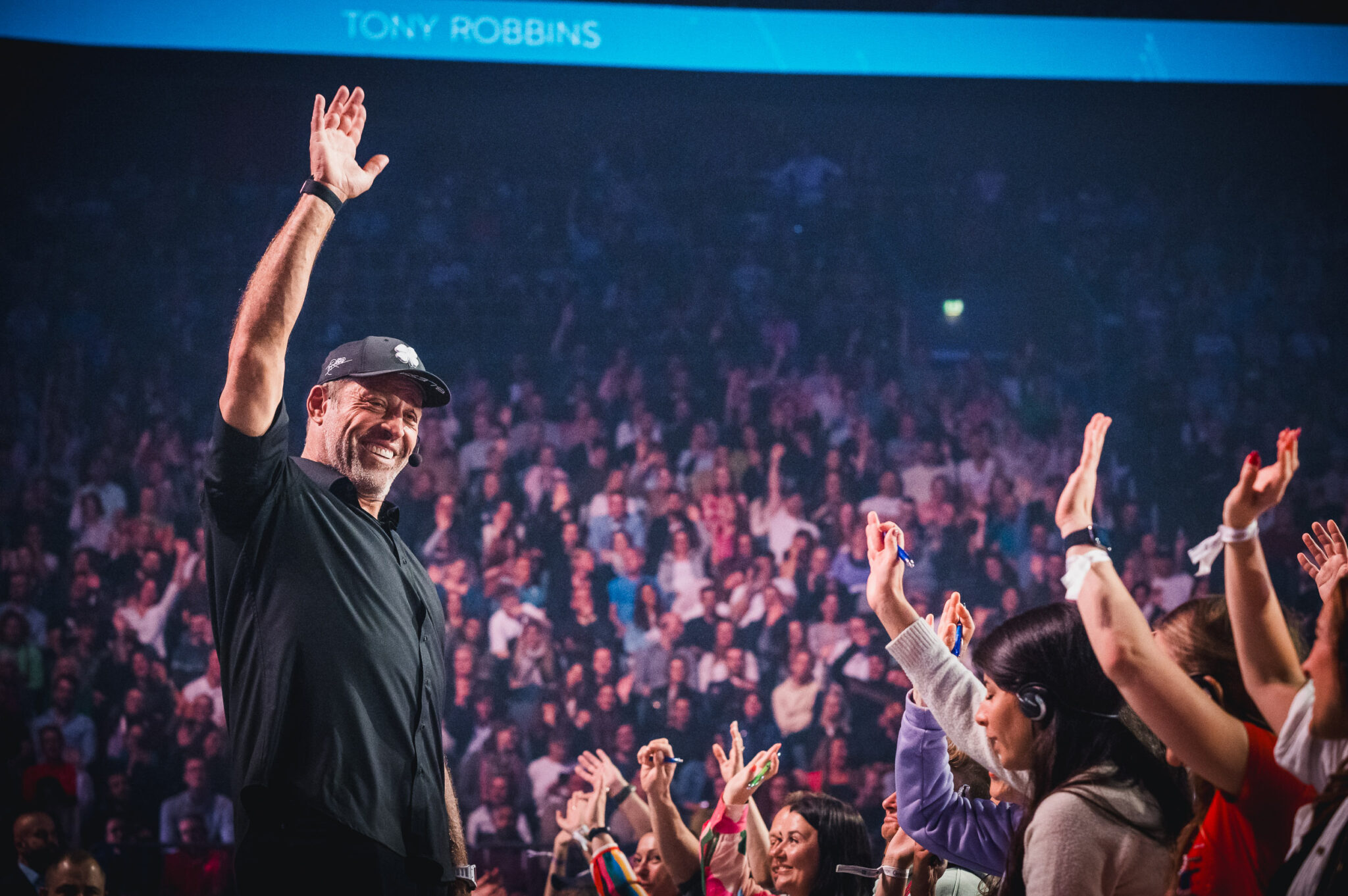Are you struggling to move on from someone you love? You’re not alone. Whether it’s a romantic partner, a close friend, or someone who once felt essential to your life, learning to release emotional attachment is one of the hardest things we face.
Letting go of someone means accepting that the relationship has ended and choosing to release emotional attachment so you can move forward with peace and clarity.
Yet, true freedom begins the moment you stop clinging to what was and start embracing what is. In this guide, you’ll learn how to let go of someone in a healthy, empowering way so you can regain control, restore your peace, and open space for growth.
Summary: Letting go begins when you accept reality, release resistance, and open yourself to healing and emotional freedom.
Why letting go feels impossible
When you can’t stop thinking about someone, it’s rarely just about them. The attachment often reflects something deeper: a need for certainty, validation, or connection. Your mind holds on because it fears loss, while your heart longs for closure.
Here’s what’s really happening beneath the surface:
- You’re addicted to emotional familiarity. Even pain can feel safe when it’s familiar.
- Your identity is tied to the relationship. Letting go feels like losing part of yourself.
- You’re resisting reality. Acceptance often feels like defeat, but it’s actually liberation.
Understanding these emotional dynamics is the first step toward true release.
The struggle to let go is rooted in fear, identity, and emotional patterns that keep you attached to the past.
Learn how Tony Robbins’ core teachings help people break free from emotional attachment and rebuild self-worth.
Step 1: Accept the truth, even if it hurts
You cannot heal what you refuse to feel. Acceptance doesn’t mean you approve of what happened. It means you stop fighting reality.
Take a deep breath and acknowledge: This chapter is over.
When you face the truth directly, you reclaim your power. Denial keeps you trapped in the past; acceptance sets you free to move forward.
Learning how to let go of someone starts with accepting what you can’t control and finding peace in the present moment.
Step 2: Detach with compassion, not anger
Letting go doesn’t require resentment. In fact, anger keeps you tied to the person emotionally. Compassion, both for them and for yourself, loosens that bond.
Ask yourself: What lesson did this relationship bring me?
Every connection serves a purpose: to teach, to expand, to reveal parts of yourself. Gratitude transforms pain into growth.
Detaching with compassion replaces resentment with understanding and turns emotional pain into healing.
Step 3: Reclaim your energy and identity
When you let someone go, you’re not losing yourself. You’re rediscovering yourself. This is the time to redirect your energy into things that align with your purpose and values.
Try this simple reset practice:
- Create space. Remove reminders (photos, texts, social media) that reopen old wounds.
- Rebuild routine. Fill your days with meaningful rituals like exercise, journaling, or meditation.
- Reimagine your future. Visualize the life you want to create beyond this person.
Healing isn’t about forgetting someone. It’s about remembering who you are without them.
Reclaiming your energy allows you to rebuild confidence, self-worth, and emotional resilience.

Step 4: Replace attachment with growth
Emotional attachment is powerful, but growth is stronger. You can choose to transform your pain into progress.
Ask: What is this experience teaching me about love, boundaries, or self-worth?
When you reframe loss as learning, you take your power back. You shift from being a victim of circumstance to a creator of your own destiny, just as Tony Robbins describes when he says you can turn pain into power.
The key to letting go is transforming emotional pain into personal growth and purpose.
To go deeper, read how to overcome limiting beliefs that hold you back from emotional freedom.
Step 5: Find closure within, not from them
Most people wait for closure that never comes. The truth is, closure is an inside job. You create it through meaning, not through their apology or explanation.
Write a letter you’ll never send. Speak the words you need to say, then release them.
Letting go is not about erasing love. It’s about releasing attachment so love can evolve into wisdom.
True closure comes from meaning and self-reflection, not from external validation or apologies.
What happens when you truly let go
When you finally release the emotional grip, something powerful happens: peace replaces pain. You no longer react to memories with longing or anger. You can think of the person without losing your balance.
That’s when you know you’ve let go not just of someone, but of the version of yourself that needed them to feel whole.
Letting go leads to inner peace, clarity, and a renewed sense of emotional freedom.
The next step: Reclaim your power and purpose
Letting go isn’t the end of your story. It’s the beginning of a new one. The space that opens is where your growth begins.
As Tony Robbins often says: “Life doesn’t happen to you, it happens for you.”
When you see every ending as a setup for transformation, you no longer fear loss. You trust life.
If you’re ready to take the next step toward emotional freedom and lasting change, explore events like Unleash the Power Within, where you’ll learn proven tools to rewire your mindset, overcome fear, and design a life built on strength and clarity.
The journey of letting go transforms pain into power and opens the door to personal transformation.
Frequently asked questions about letting go
How do I let go of someone I still love?
Start by accepting your emotions without judgment. Love doesn’t always mean togetherness. Focus on self-compassion, personal growth, and rebuilding your identity beyond the relationship.
How long does it take to let go emotionally?
There’s no universal timeline. Healing depends on the depth of the connection and your willingness to process emotions. With consistent self-work, most people start noticing relief within weeks or months.
How can I stop thinking about someone?
You can’t force your mind to forget, but you can redirect your focus. Engage in meaningful activities, meet new people, and replace ruminating thoughts with daily habits that promote joy and progress.
Can I still care about someone after letting them go?
Yes. Letting go doesn’t mean you stop caring. It means you release attachment and expectation while keeping appreciation and gratitude for what the relationship taught you.





